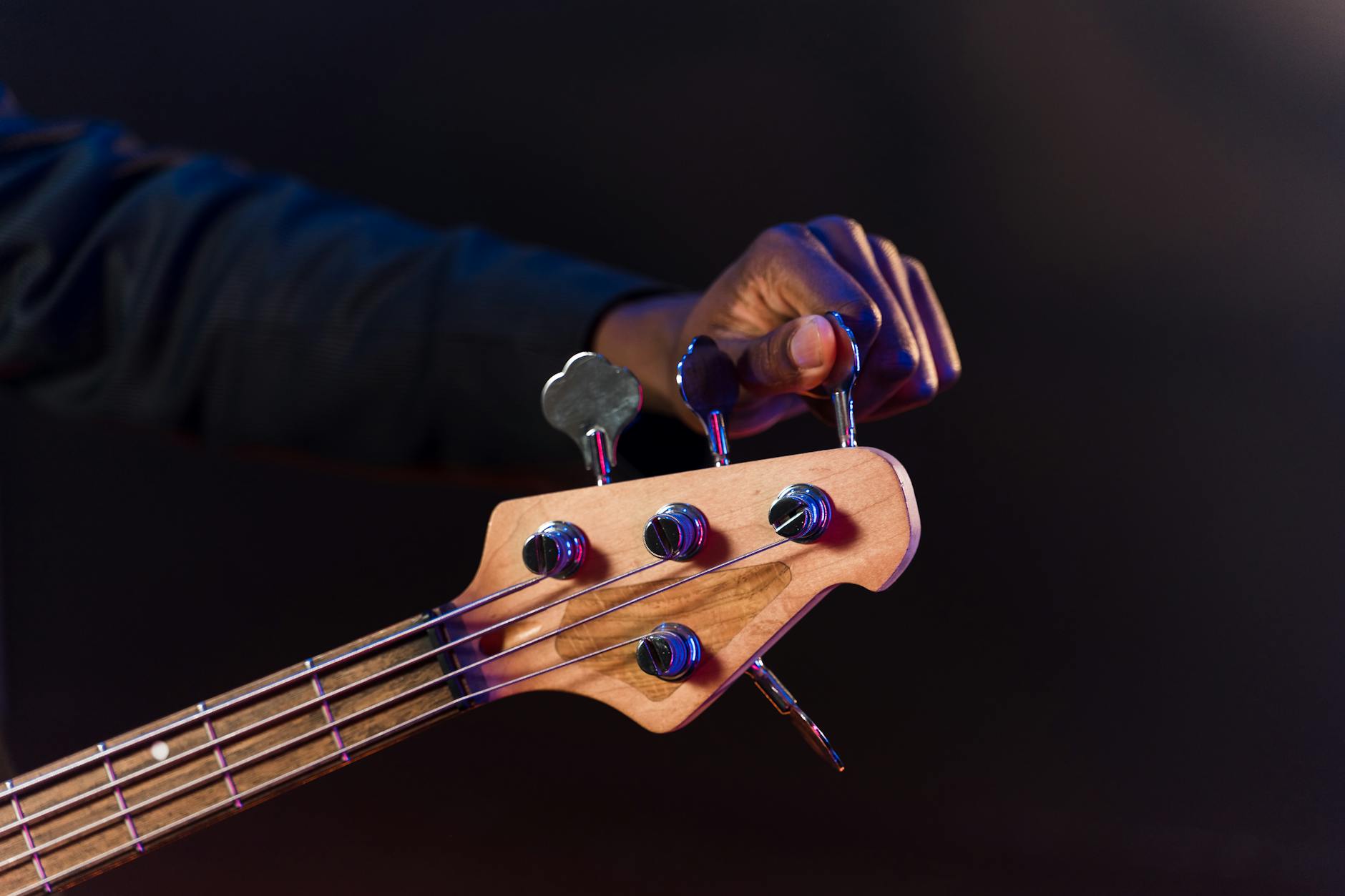Embarking on the journey of tuning your guitar properly is not just about making your instrument sound pleasant. It’s about unlocking the full potential of your music, creating a deeper connection between you and your guitar. In this post, we will explore various methods and techniques, encouraging you to approach guitar tuning with both confidence and curiosity. Whether you are a seasoned player or just starting out, understanding the nuances of tuning can elevate your musical experience significantly.
Throughout this blog, we will cover several important aspects including common tuning methods, the importance of maintaining your instrument, and tips to ensure you always stay in tune. By the end of this read, you will not only grasp the essence of guitar tuning but also appreciate how it can impact your overall performance in ways you may have never considered before.
Table of Contents
Common Tuning Methods
Diving into the world of guitar tuning, several methods stand out as popular choices among musicians. One of the most traditional ways is by ear, where players listen to a reference pitch and match their strings accordingly. This method not only sharpens your musical ear but also empowers you to connect with your instrument on a more personal level. While this approach requires practice, it can be incredibly rewarding as you develop your auditory skills over time.
Another prominent method is utilizing electronic tuners, which are widely accessible today. These devices offer precision and ease, allowing you to achieve accurate tuning almost instantly. In addition to clip-on tuners, smartphone apps have made tuning even more convenient by providing visual indicators that guide you through the process. Despite the save-time aspect, it is essential not to forget the invaluable skill of tuning by ear, as it enhances your overall musicianship.
Importance of Maintaining Your Guitar
Maintaining your guitar plays a crucial role in ensuring optimal performance and sound quality. Regularly checking your strings for wear and tear is essential, as old or dirty strings can drastically alter the tonal quality of your music. By replacing them as needed, you not only keep your guitar sounding fresh but also improve its overall playability. Keeping your fretboard clean and lubricated enhances your feel while playing and extends the life of your instrument.
Moreover, humidity and temperature can affect the wood of your guitar, leading to warping or cracking. Investing in a proper case and ensuring your guitar is stored in suitable conditions can save you from costly repairs down the line. It’s about being proactive rather than reactive. When you take care of your guitar, you will find that tuning becomes a much simpler and more efficient process as everything remains in a good working condition.
Tips to Stay in Tune
Staying in tune not only involves tuning your guitar at the beginning of a session but continually checking your pitch throughout your practice or performance. One helpful technique is to develop the habit of tuning your guitar before and after every song. This routine ensures that you’re always performing at your best and minimizes the chances of your guitar drifting out of tune during a set. Additionally, keeping your guitar at a consistent temperature can lead to more stable tuning, allowing you to focus on your music without distractions.
Lastly, if you find yourself struggling to stay in tune, consider exploring different types of tunings. From standard tuning to drop D and beyond, various tunings can inspire fresh creativity and sound. Experimenting not only keeps things interesting but helps you become more adaptable as a player. Remember, the ultimate goal is to enjoy your music, so find what works best for you and embrace it wholeheartedly.
Final Thoughts
As you reflect on your tuning journey, recognize that the methods and practices discussed are all geared towards enhancing your musical experience. Each player has a unique relationship with their instrument, and the right tuning not only enriches that bond but also allows for freedom in expression. So explore, experiment, and empower your music with optimal tuning habits. The music world is vast, and with the right tuning, your journey will unfold in delightful and unexpected ways.
Frequently Asked Questions
- What is the best method for tuning my guitar? The best method can vary between players. While electronic tuners offer convenience and accuracy, tuning by ear promotes skill development. Ideally, learning both methods will serve you well.
- How often should I change my guitar strings? Generally, changing your strings every 1-4 weeks is recommended, depending on how frequently you play. If you notice a decline in sound quality, that’s a sure sign they need replacing.
- What are some signs that my guitar needs maintenance? Look for signs such as buzzing sounds, intonation issues, or simply faded sound quality. Frequent check-ups on your instrument can prevent larger issues down the road.
- Can temperature affect my guitar’s tuning? Yes, fluctuations in temperature and humidity can affect the wood and, subsequently, your guitar’s tuning. Keep your instrument in stable conditions to help maintain its quality.
Image Credit: Pexels
